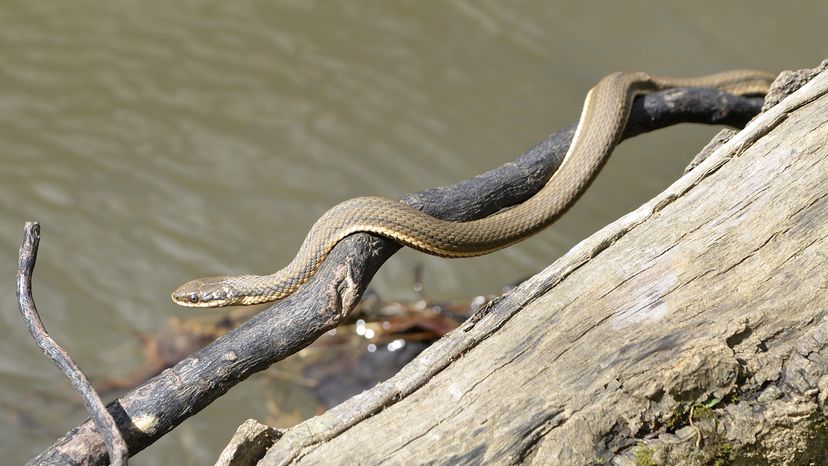
Today, we're going to dive into the watery world of one of North America's most fascinating reptiles: the queen snake.
The queen snake (Regina septemvittata) is part of the Colubridae family, often spotted dwelling along rivers and streams in the eastern United States. They may not be the most well-known members of the snake world, but once you get to know them, you'll see just how cool they are.
Advertisement
Queen snakes are often confused with their cousins, the garter snakes, but they’re a distinct species with their own special traits. Known for their slender, streamlined bodies, queen snakes are perfectly adapted to life near water. In fact, you’ll usually find them hunting along the banks of rivers, searching for their favorite snack: crayfish.